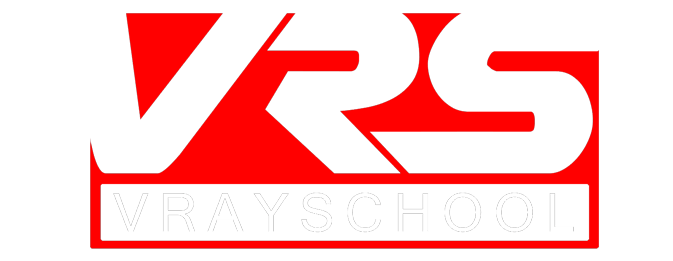MANTUS walk-through VRay Animation | Part 2
In part 2, we are going to take a closer look at how we can assemble and edit our rendered VRay Animation sequences.
As you probably know, OpenEXR is the most suitable file format for rendering animation. This format was created by ILM (Industrial Light & Magic) for the movie StarWars and since then it had become a standard of rendering output.
Open Exr includes all the VRay passes (Render Elements) in one file! So things like refraction or reflection are much easier to extract and reassemble in Nuke, for in-depth post-production.
We can use VRay passes in many different ways, for example
- Option one; Would be to use zDepth as masks for the “depth of field”. That helps to shift the camera focus from background to foreground.
- Another way is to add refraction pass with color correction node to bring the water detail out. You can use different grading nodes to influence your colors and make them stand out.
- We can also export masks for each object in the scene. That will allow us to perform color correction for each object separately, and gain full control over how objects appear in the scene.
Once the sequence is rendered it is so much fun to start playing around with passes and getting the style and look to your picture.
Please try them out, remember Nuke Non-Commercial is free at full HD format.
in addition, very important to mention is my color palette. It helped me follow the entire green, bluish, gray scenario. I’ve looked at the stormes and gathered references so I could be more influenced by that “Hurricane” nature.
It does help a lot when you are connected to your project and feel it from the inside. The way to get there is through planing. at least 20% of your working time should be planing!
That way you’ll work less and get bullseye results 😉
Hope you guys liked it so far – let me know if there are things you want to explore more?
Please share this knowledge – If you think it is useful information.
IF you like this video tutorial and you want to learn more – please visit our VFX for ArchVIZ online workshop here


